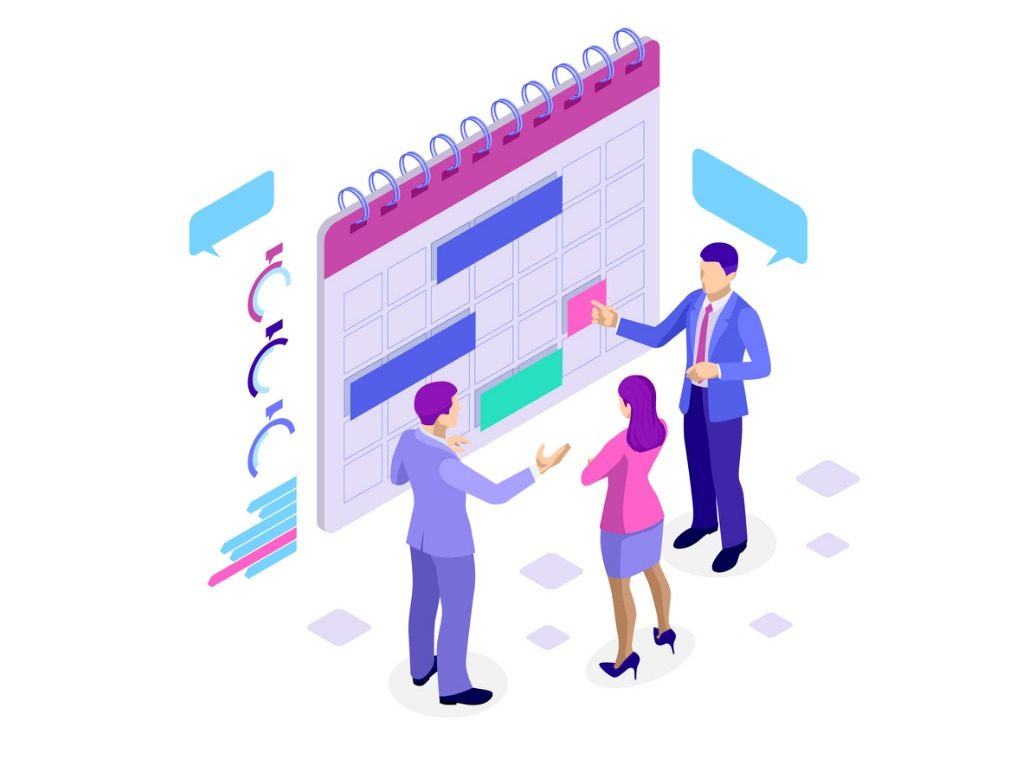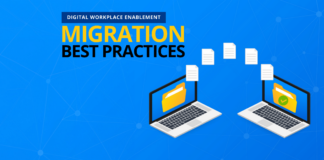Considering the Office 365 ecosystem? Learn about the migration process in our webinar “Move to Office 365 Fast and Accelerate Remote Work” today!
In this time of modernization and cloud technology, many organizations are evaluating the migration of existing file share systems into a standard enterprise collaboration platform. While the need for this shift has loomed over the heads of many an IT department for years, the magnitude of this workload can be daunting given the reliance on file systems for internal processes, collaboration, and even force of habit.
With that being said, there are still many benefits to leveraging an enterprise content management (ECM) system ranging from version control to enhanced security and compliance. Furthermore, cloud collaboration platforms such as Office 365 provide an easier and arguably more accessible means for end-users to access and share content. The current work-from-home climate only accelerates the need for a solution, and now the file share migration project that was put off for so long comes to the forefront.
So, now what?
Whether migrating to the cloud or a standard on-premise ECM system, there will be similar challenges. Here are three best practices when looking to migrate your file shares.

Clean Up ROT
Many have heard variations of the term “ROT” data, but whatever version of the acronym, the concept is the same. It’s the data that can be cleaned up or otherwise removed from the source system in order to recover lost storage space and increase efficiency. The process of cleaning up this data can also reduce the migration effort and improve searchability in the destination environment. Let’s look at each part of the “ROT” acronym:
- Redundant – This is possibly the most difficult part of the cleanup process. Due to the lack of versioning available in file systems, there are usually many different copies or self-made versions of content floating around. Identifying the locations of this content and discerning what stays and what goes can help play a part in reducing content conflict once the files are moved into the new repository. There are third-party solutions that can assist in helping to report on and identify this content to ease the pre-migration process.
- Outdated – End-users can be pack rats and tend to keep content that is no longer relevant solely because there may not be a process in place that forces them to do so. Additionally, when people leave departments or whole organizations, their files aren’t always evaluated and/or purged. This leads to a mass of stale content that likely goes unused and can be eliminated unless it goes against your organization’s record retention policy. A suggestion here is to…

- Review record retention guidelines and discern if there is a timeframe in which you must keep files (i.e. seven years)
- Plan to filter out content that exceeds the given timeframe
- Notify users—as part of a change management communication strategy—of this decision so as to spur action on their end. In this way, you can ensure the content being migrated will be relevant and in compliance of internal policies.
- Trivial – While outdated content is easier to identify, trivial content is up to the determination of the user. Reducing this type of data requires coaching and communication with the end users to assist them in determining whether or not they should remove certain files. This process will also help reduce the overall migration burden.
Understand Where the Data is Going
In order to properly plan the migration, it’s not only important to clean up the ROT content but also to understand where the content is moving to. This process might be known as “planning your organization’s information architecture,” but it doesn’t have to be as scary as it sounds. Taking Office 365 as an example, the rule of thumb could be:
- All “personal” file share content will be migrated to the individual’s OneDrive for Business
In this way, the content will be stored in a location that makes sense and promotes findability.

Phase the Migration
Having a comprehensive migration process is just as important for the people doing the migration as it is the end users being impacted. Phasing the migration comes with several benefits, such as:
- A timeline that can be communicated to end users so they’re aware of when things will be cutover and when they should start using the new system.
- A way for the people performing the migration to focus on one segment at a time in an effort to minimize issues and perform appropriate testing.
- If migrating to the cloud, phasing the migration helps to minimize potential throttling issues that occur when moving a large quantity of data.

Cleaning up the ROT, structuring your organization’s information architecture, and phasing your migration all come together to form the overarching migration plan. This plan accounts for everything from a timeline of when each batch of individuals/departments will be migrated to a timeline of communication dispersal. Better yet, a comprehensive migration plan will optimize time spent performing pre-migration activities and during cutover periods.
While there are most certainly nuances to all migration scenarios, these three best practices will help form the foundation of performing a successful file share migration. Have any other questions? Drop them in the comment section below!






